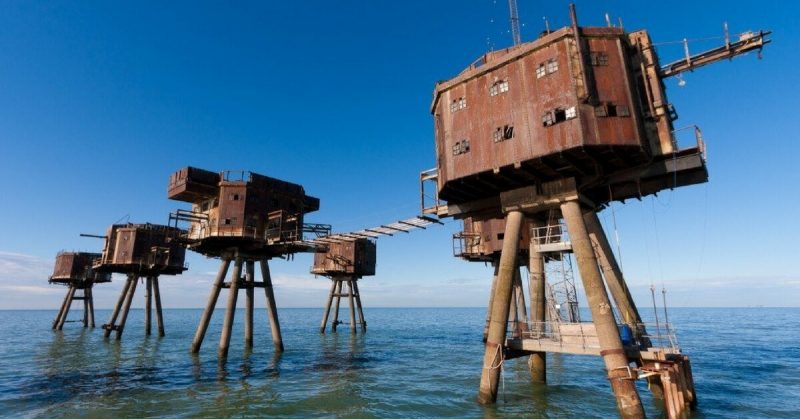Military bases and installations, built to last only a few years or to support a 1000-year Reich have been left abandoned across the globe. Some have found a new destination, others are still abandoned and are left to rot.
We visit 10 of the Abandoned Military Bases in the world in this article!
10. RAF Hethel, England
Royal Air Force Station Hethel is a former Royal Air Force station which was used by both the Royal Air Force (RAF) and the United States Army Air Forces (USAAF) and during the World War 2. The airfield is located near Norwich, Norfolk, England and is now owned by Lotus Cars.
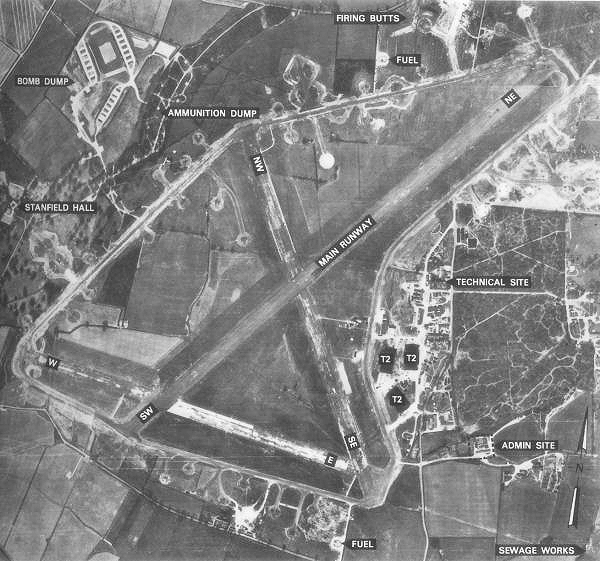
In 1966 Lotus Cars built a factory on the site of the airfield and turned sections of the runways and taxiways into a test track for their cars. 55 acres of the former airfield is now covered by the factory and engineering centres and they have re-used 2.5 miles of the former runways. A big portion of the remaining runways were been removed and used to build roads or have been returned to agricultural use. The original layout can still be seen from aerial photos above.
The company now also provides engineering development and acts as an engineering consultancy within the automotive industry. The Lotus Driving Academy and the company’s racing arm, Lotus Racing, are also located at Hethel.
9. Balaklava Submarine Base, Crimea

Update: At this time it is doubtful if this still is an abandoned military base, after the Crimea was annexed by Russia things may have changed.
This naval museum complex is located within an underground submarine base, which is no longer used, in the Crimea, which used to be a top-secret military facility located in Balaklava Bay.
In the 1950s, Joseph Stalin gave the orders for a secret directive to be carried out: Find a place where submarines could be stored in the event of a nuclear strike. After his search, the choice fell on the quiet town, this location was classified.

Balaklava sits on a winding inlet which is very narrow, this not only harbors the city from any storms that may appear, but also from anyone looking for it – from the open sea. As an extra bonus, it is near to Sevastopol, which is one of the major naval bases still in use by the Black Sea Fleet of the Russian Navy.
In 1957 a special department number 528 was established, which directly engaged the underground facilities. The construction lasted for four years.
After closing in 1993, the complex was left unattended. In 2000, it was handed over to the naval forces of Ukraine.
The museum was founded in December 2002 on the establishment of a branch of the Central Museum of Armed Forces of Ukraine – Naval museum complex.
8. Fort Ord
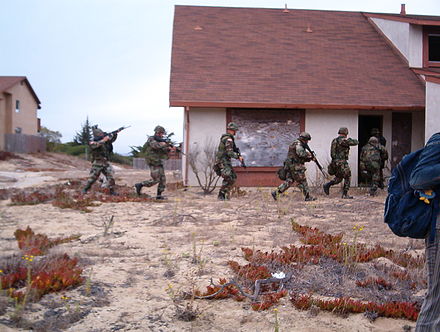
Ford Ord opened in 1940 and was used until it closed in 1994; it was the largest military base in the United States to be closed. While many of the military buildings remain abandoned, many have been torn down for plans that are in place for development.

On April 2012, President Barack Obama signed a decree designating part of the former post as the Ford Ord National Monument. The President said, “The protection of the Fort area will maintain its historical and cultural significance, attract tourists, and enhance its unique natural resources, for the enjoyment of all Americans.”
7. Johnston Atoll, USA
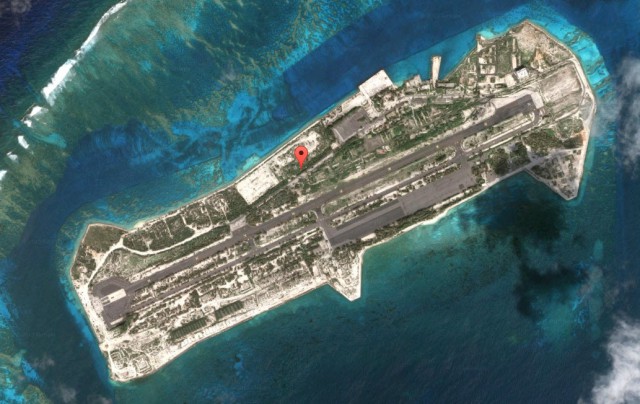
It is a territory that is unincorporated of the US and is currently administered by the US Fish and Wildlife Service. Public entry can only be gained by special-use permit, and this site is generally restricted only to scientists and educators.
For almost 70 years, it was under the control of the American military. It was used as a sanctuary for birds, a refueling depot for the Navy, an air base, for both nuclear and biological weapons testing, a secret missile base, and a chemical weapon and Agent Orange storage and disposal site. It made it a dangerous site, and it was classed as ‘environmentally contaminated’, and monitoring continued. In 2004 it was closed, and control of the site was handed over to the hands of civilian authorities of the US Government.
6. Željava Air Base, Croatia

On the border in between the counties of Croatia and Bosnia and Herzegovina, was the biggest underground military airbase and airport in the former Yugoslavia.
Construction of the airbase began in 1948 and was finally completed in 1968. During those two decades, SFRJ spent around $6 billion on building this, three times the annual military budgets of Serbia and Croatia added together.

The airbase was used intensively in 1991, during the Yugoslav Wars. During its withdrawal, the army destroyed the runway by filling pre-built spaces with explosives and detonating them. To prevent from any further use, the Military of Serbian Krajina completed the destruction in 1992 by setting off additional explosives. The ensuing explosion was so powerful that it shook the nearby city of Bihac. The smoke continued to rise for six months after the explosion.
The toll is incalculable and caused great environmental damage. Potential reconstruction endeavors are limited by a lack of financial resources. An international border cuts the base, and the entire area is heavily mined.
5. Duga 3: Ukraine
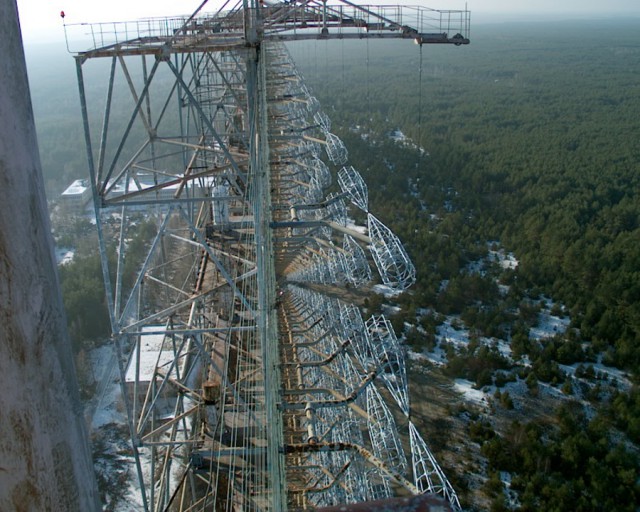
It was a Soviet over-the-horizon radar system used as part of the Soviet ABM early-warning network. It operated from July 1976 to December 1989.
Two radars were deployed which was deactivated in the late 1980s and lies around the Chernobyl power plant.
4. Saint Nazaire Submarine Base, France
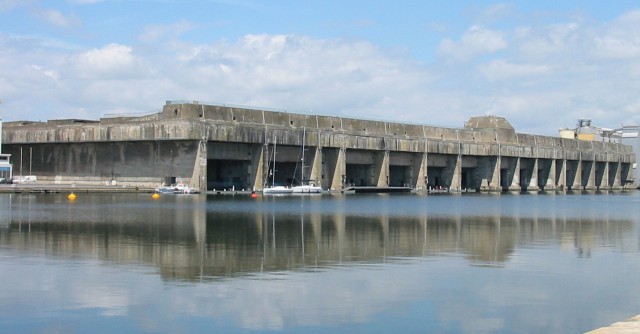
Before the Second World War, it was one of the largest harbors of the Atlantic coast. During the Battle of France, the German Army arrived here in June 1940. It was immediately used for submarine operations, with U-46 arriving in September 1940.
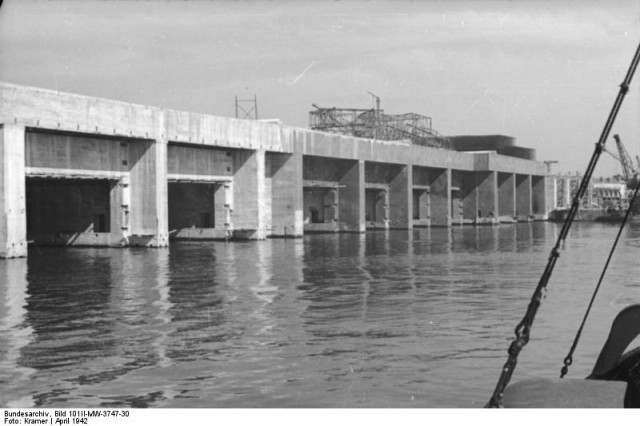
In December, a mission inspected the harbor for studying the possibilities of building a submarine base protected from air bombing.
Building began in February 1941 and completed in June 1942 by the building of a tower.
A fortified lock was built for protecting submarines during their transfer.
3. Flak Towers: Austria and Germany
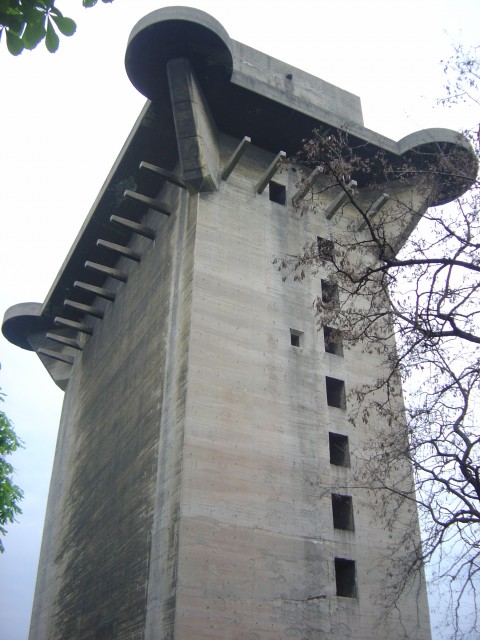
There were eight complexes of large, anti-aircraft gun blockhouse towers constructed from the 1940s, other cities that used flak towers included Frankfurt and Stuttgart.
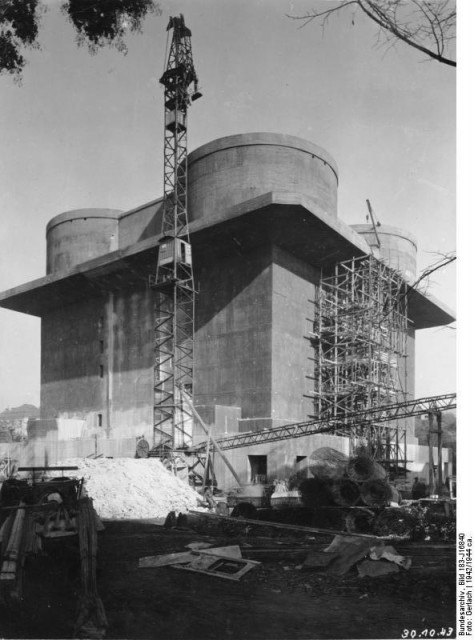
Smaller single-purpose flak towers were built at key outlying German strong points which were used by the Luftwaffe to defend against air raids during World War II. They also served as air-raid shelters of people and to coordinate air defense.
2. The Maginot Line, France
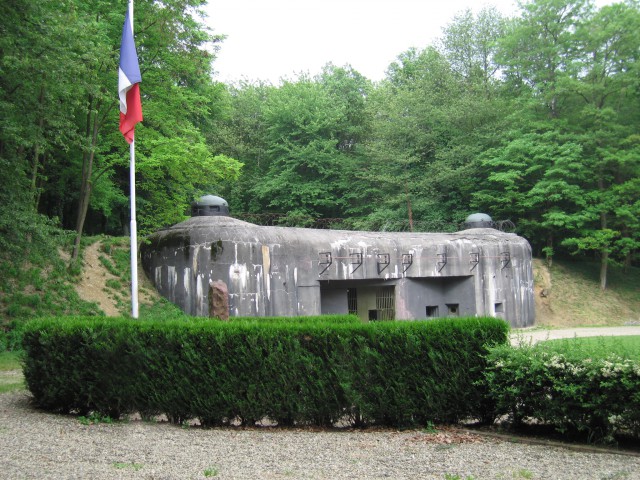
The Maginot Line was a series of fortifications built by the French Government in the 1930s. It ran along the border with Germany and was named after André Maginot, the French Minister of War.
France built it to hold back a possible German invasion. The idea behind it was to hold back enemy forces while the French mobilized their own armies. The French remembered when the Germans invaded their country in World War I, and so were anxious that the same thing should not happen again.
French military experts thought the Maginot Line was wonderful. It could turn back most forms of attack, including tanks and bombing from the air. It had underground railways to carry troops and equipment from fort to fort.
The living quarters for the soldiers were comfortable, and they even had air – conditioning. The French generals were certain it would stop any attacks from the east.
But the enemy did not attack from the east. The Maginot Line did not extend across the northern border with Belgium. This was because Belgium was a neutral country and France did not want to offend the Belgians.
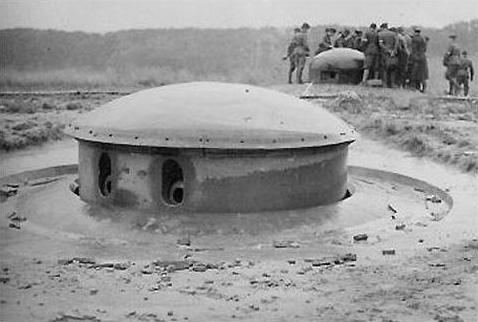
So in 1941 the Germans violated the neutrality of Belgium and invaded France through that country, just as they had in World War I. They went right around the Maginot, and for all its might it was effectively useless. The German Army captured Paris and conquered France in six weeks.
But the Maginot Line had problems of its own, even if the Germans had bothered to attack it. It was very costly to maintain and was not provided with the money that it needed to keep the troops and equipment necessary for war.
The Maginot Line still exists, but is not maintained and not used for military purposes anymore.
1. Maunsell Sea Forts, North Sea
They were fortified towers built in the Thames and Mersey estuaries during the war to help defend the UK. They were the army and navy forts named after their designer.
It was decommissioned in the late 1950s and later used for pirate radio broadcasting. One of the forts is managed by the little-known Principality of Sealand, but others are visited occasionally.
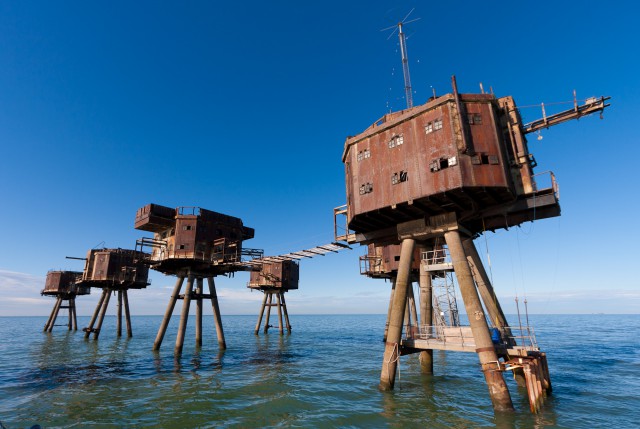
It was decommissioned in the late 1950s and later used for pirate radio broadcasting. One of the forts is managed by the little-known Principality of Sealand, but others are visited occasionally.
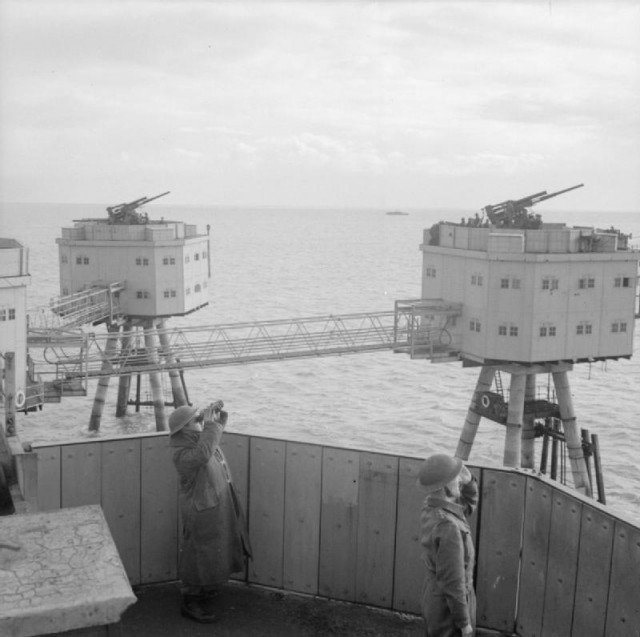
In the summers of 2007 and 2008 Red Sands Radio, a station commemorating the pirate radio, operated on 28-day Restricted Service Licenses.
It was subsequently declared unsafe, and the operations moved ashore to Whitstable.
